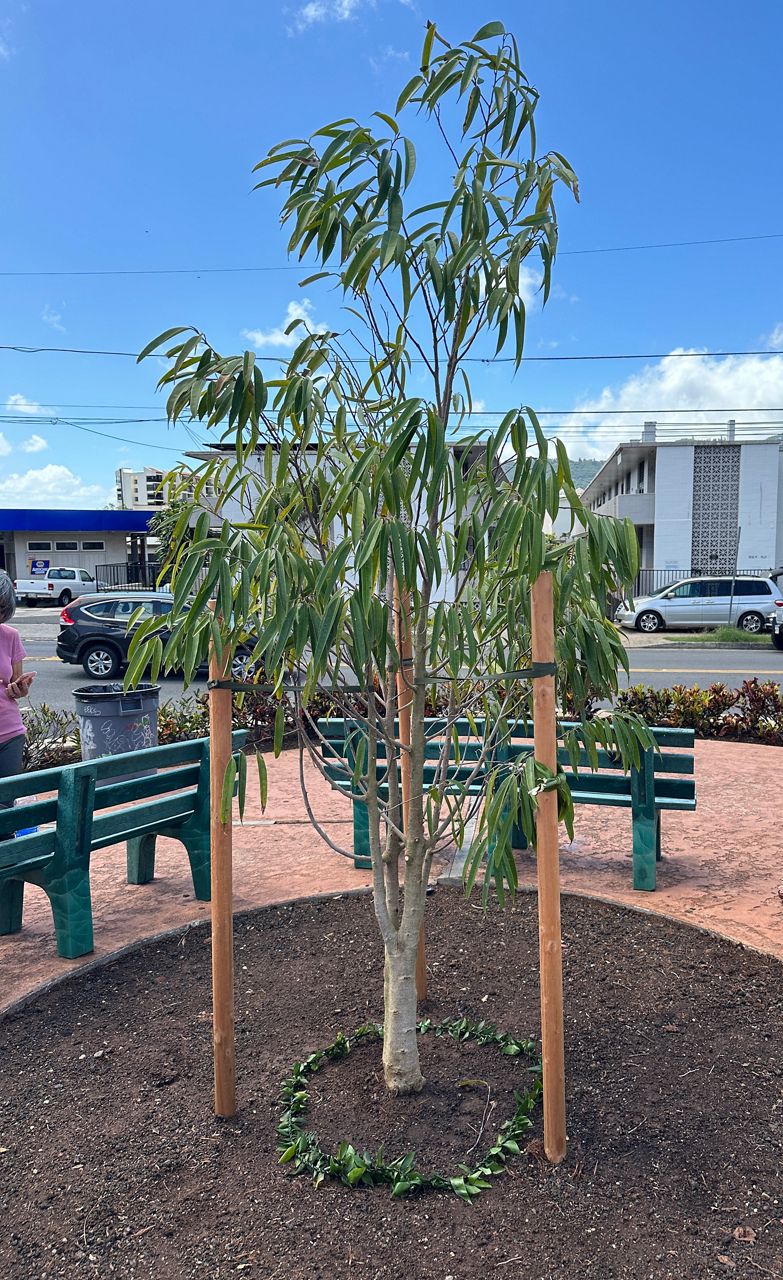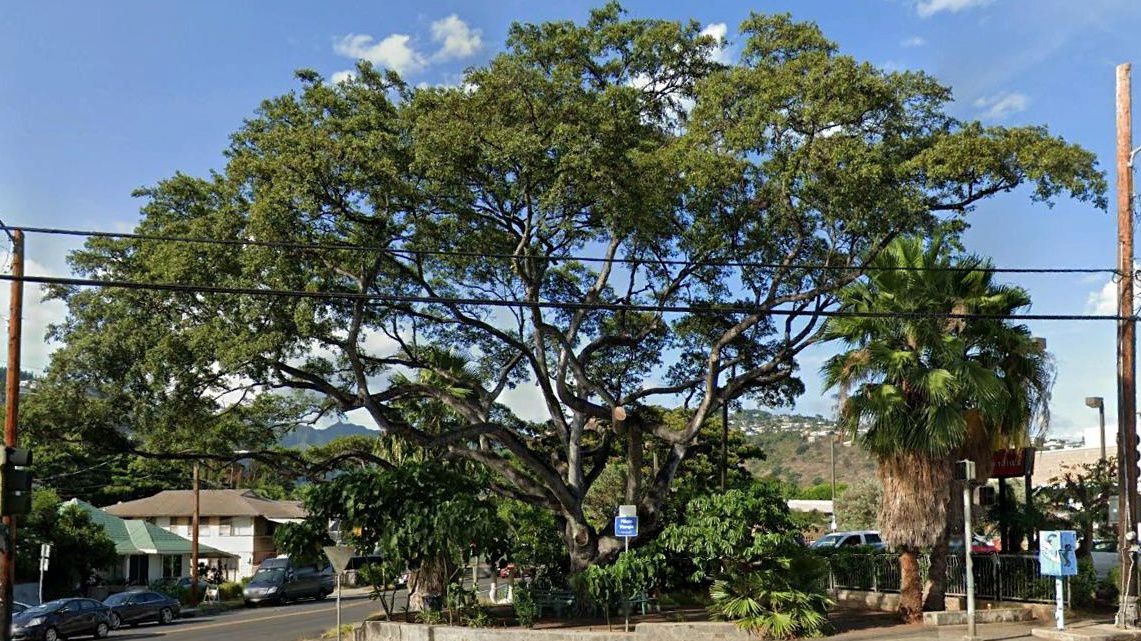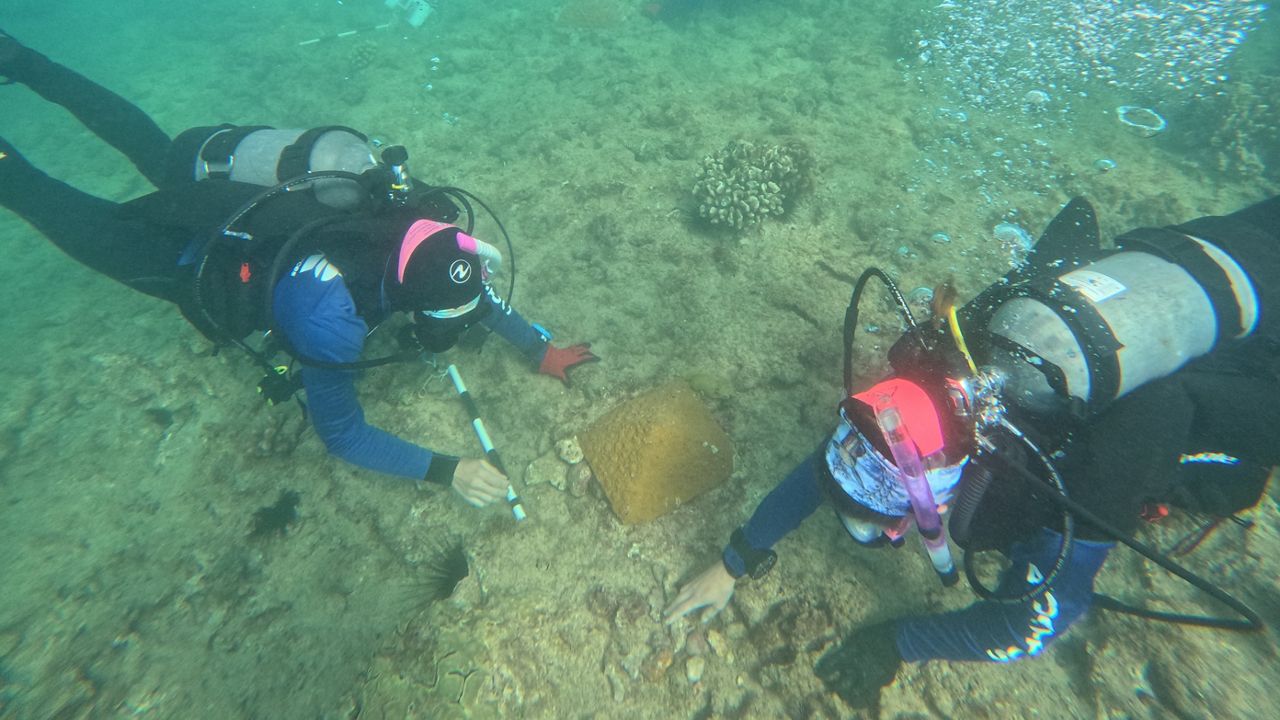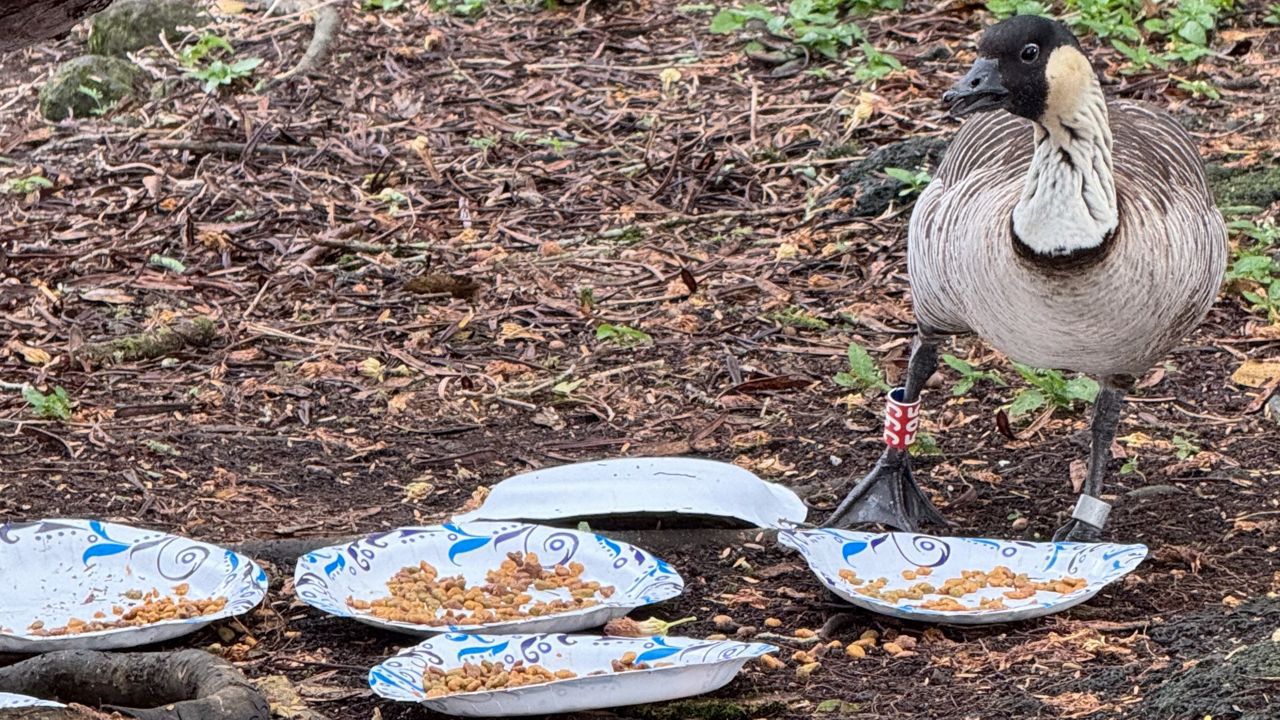HONOLULU — An iconic Chinese Banyan tree at the entrance of Palolo Valley was replaced with a newly planted Ali‘i Banyan tree after it suffered from three different pest infestations.
On Tuesday, city officials held a blessing at Palolo Triangle on the intersection of Waialae and Palolo Avenues for the new Ali‘i Banyan tree and other landscaping improvements, which include repaired irrigation lines, new croton plants and Bottlebrush trees.
The 50-year-old Chinese Banyan Tree was rotting because of a combination of the pest infestations — lobate lac scale, stem gall wasp and leaf gall wasp — and reduced watering because of damaged irrigation.
“Unfortunately, we are seeing more and more of these Chinese Banyan trees being impacted by a combination of these pests,” said Navin Tagore, Honolulu Division of Urban Forestry Community Forester, in a statement. “As important as it is for us to plant new trees, protecting our existing trees is also crucial for the growth of our urban forest. Trees provide more benefits the older and larger they get.”
Over the past decade, arborists with the Honolulu DUF attempted to help the tree, but in February 2024 a branch fell, revealing the extent of the rot.
The arborists then decided to remove the tree.

“It is always sad when we need to remove large, ‘sentinel’ trees like the Chinese Banyan,” said Honolulu DUF’s Administrator Roxanne Adams. “I refer to trees like these as ‘sentinels’ because they watch over our neighborhoods and provide a myriad of benefits and protections. We very much understood the impact the loss of this tree had on the community, and wanted to replace it as soon as possible. We ultimately chose the Ali‘i Banyan tree, and the surrounding plant life, because it is more appropriate for this space and has a look that suits the surrounding landscaping.”









